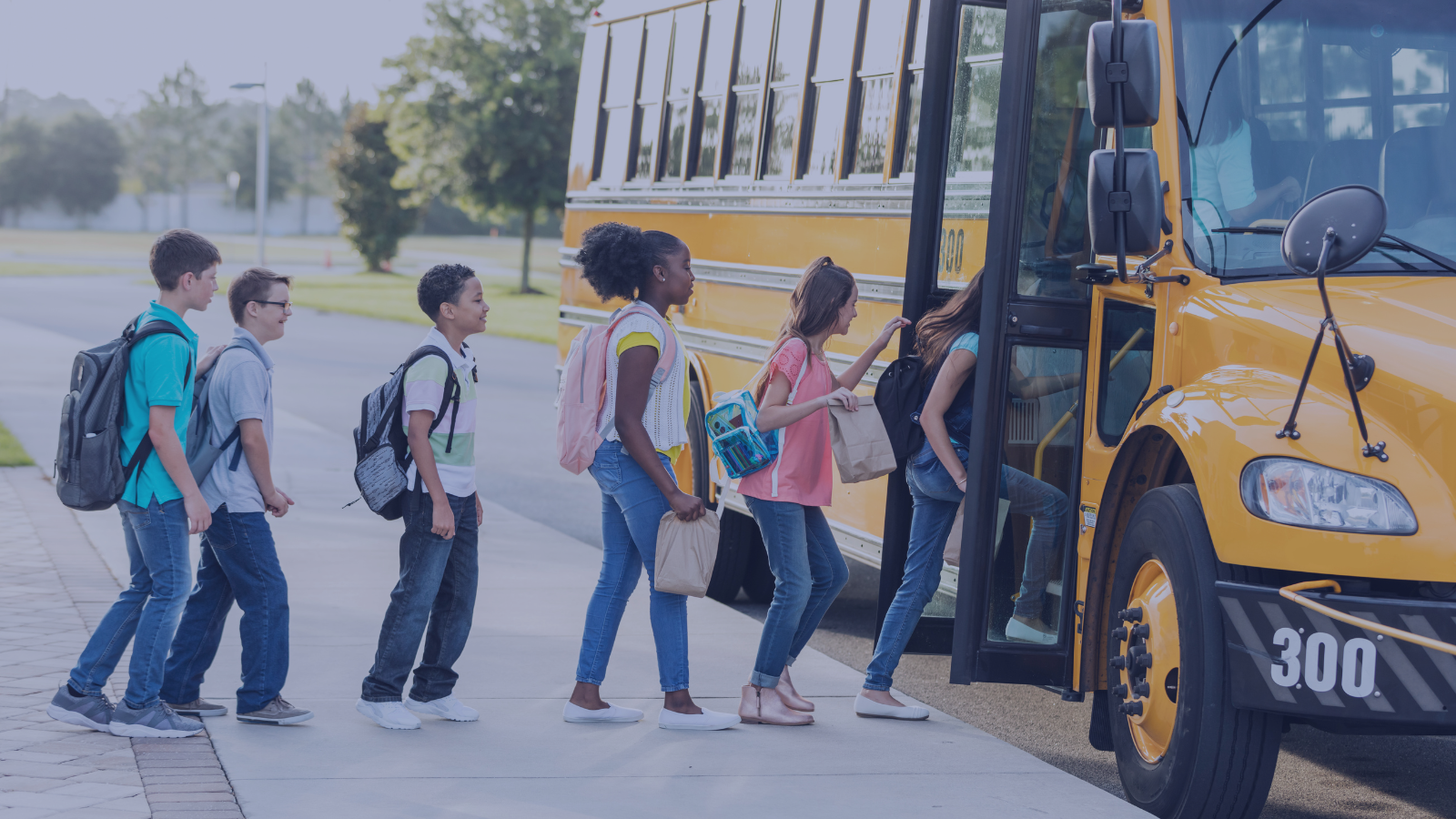You could say the data isn’t all that bad. You could say that the 15,000 school bus-involved accidents, 104 of them fatal, in the 2022-23 school year represented a tiny percentage of the 21 million students who boarded school buses every day and traveled millions of miles.
But this reasoning isn’t good enough for the families and friends of the 104 students who were killed, and it’s not good enough for the nation’s infrastructure profession. Complacency will not help us build a culture that expects zero school-bus involved collisions and zero fatalities every school year. That’s the type of culture InfraStripe is working every day to build and strengthen.
So how can we make our zero-incident expectation a reality? How do we get from 104 fatalities to 0? We decided to study this question as the nation’s students get into the rhythm of the new school year this month.
First we looked into whether other forms of transportation, besides school buses, could be safer for students. The facts don’t support this theory. School bus travel is remarkably safe. On average, buses are some of the safest vehicles on the road.
One reason is physics. School buses encase students in a simple and strong steel structure, and buses are normally the heaviest vehicles involved in a collision. This increases the odds of school bus passengers surviving a collision.
Plus, school buses have gotten safer over the past decade. Modern buses feature more points of exit and shatter-proof glass along with extra lights that make them more visible than ever.
We had to dig deeper into the numbers to find a place to start improving travel conditions for students. Those numbers led us to ourselves, the drivers of commercial vehicles and private passenger cars and trucks, who share the road with school buses every morning and afternoon.
The data shows that many of the fatalities involving school buses each year happen around buses as children board and unboard — once the students are no longer protected by the bus’s design.
This knowledge gives us a place to start. This school year, when we’re driving on the same stretch of road as a school bus, let’s always:
- Keep some distance: There’s no need to tailgate a school bus. Even when it has stopped to pick up or drop off a student, stay back. Give the bus and its passengers plenty of room.
- Expect the unexpected: Children can do unexpected things, like running back toward the bus to retrieve something they’ve forgotten. When we’re on autopilot — or if we’ve been busy sending a text or checking a voicemail — we’re less likely to anticipate this kind of erratic behavior.
- Know the law: Unless we’re traveling in the opposite direction, in lanes separated from the bus by a grass median, we’re required to stop when a bus shows its flashing lights and stop sign.
These steps will save lives this school year. We don’t control what happens inside every vehicle on the road, but we do control our own behavior. When more of us keep safety in focus as we drive, we will have a stronger, and life-saving, safety culture.
